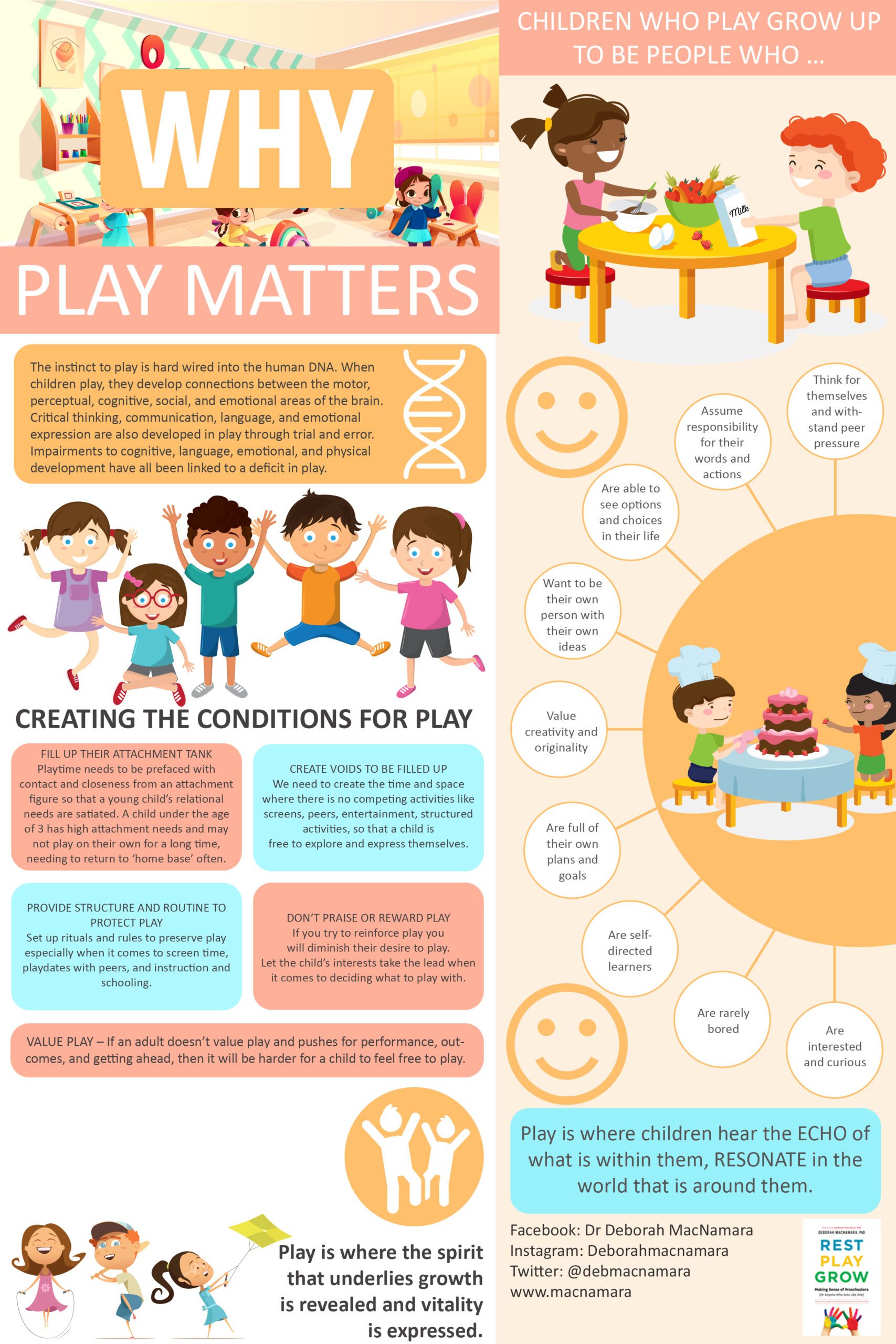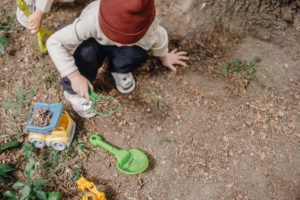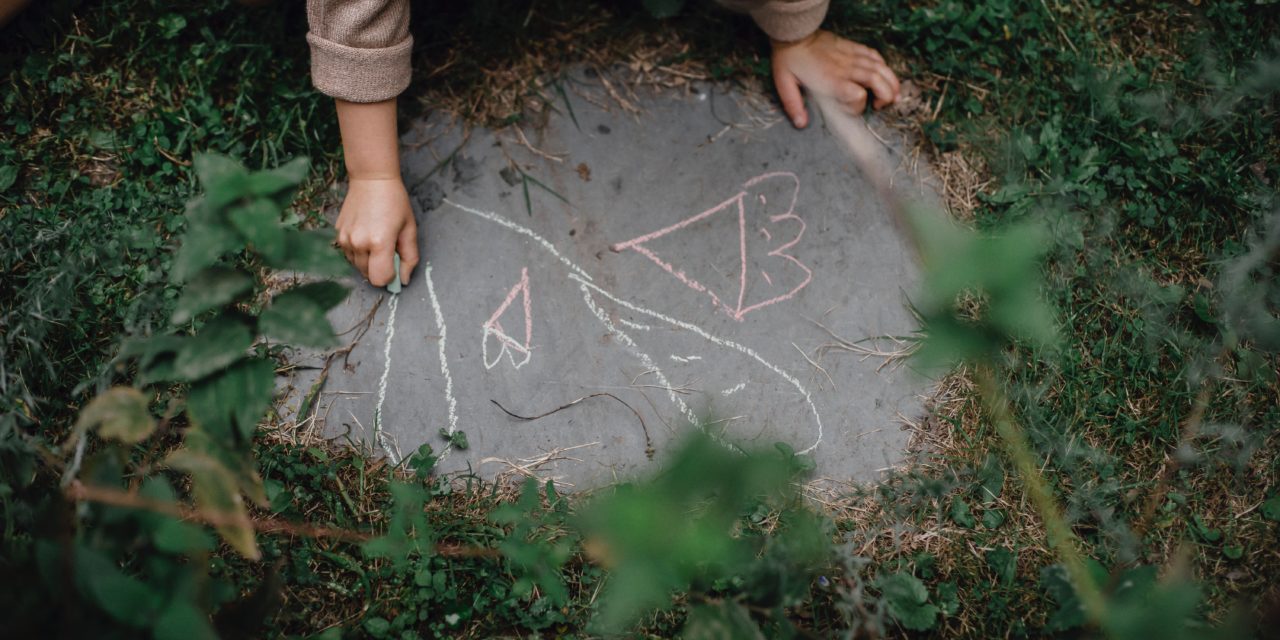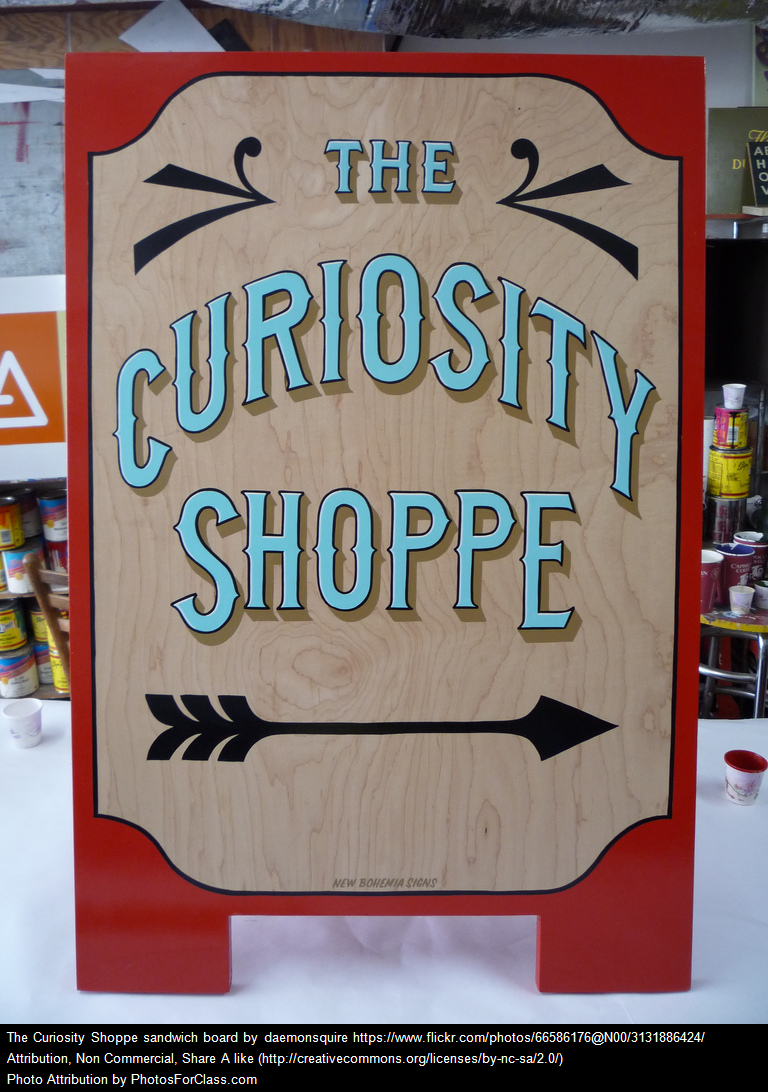Of all species, humans are the biggest players of all. We are built to play and built through play. When we play, we are engaged in the purest expression of our humanity, the truest expression of our individuality. -Stuart M. Brown Jr.
Can you imagine a world without play? No sports, no games, books, plays, movies, art, jokes, comedy, music… a mundane world, uninspired, and depressing. Funny enough that has been our trajectory over the past decade or so, where our children play less, get outside less, move around less and yes are depressed more.
It wasn’t always this way. I’m willing to bet that if asked to remember your earliest memories of childhood, play would be central. Often play moments become important markers on our timeline; memorable performances, sports teams, outdoor playgrounds, early friendships, birthday parties, and celebrations are all embedded in our being and have made us the people we are today. But the fundamentals of who we are were constructed in our childhood through free play. I would argue further, we developed much of our “self” through free play probably before we can even remember.
What is Free Play?
Free play is when children have full freedom to play in whatever way they want. Education and child development experts Syeda Sazia Zaman and Ferdousi Khanom from the BRAC Institute of Educational Development explain free play is when children, “can choose everything – they have the freedom to select their play materials, interest area and even the plot. These kinds of opportunities are very important for children,” says Khanom. It is during free play when children begin to understand themselves and how they fit into their unique environment, for example, “you may have a child who wants to draw, but another child will want to play alone with a puzzle. Every child has a different way of expressing their creativity,” explains Khanom. In essence, free play is the way the brain adapts to a complex world, only through this interaction does a child develop the social-emotional, cognitive, language, and self-regulation skills that build executive function (sets of skills) as well as build safe, stable relationships with peers and caregivers.

Jeffrey Burgdorf at Northwestern University has further discovered through his research when children are deprived of play, social-emotional development suffers, leading to low resilience, a limited toolkit of skills, a high sense of isolation and depression. So not only is free play crucial in the development of our youngest learners, it lays the foundation for the rest of your life.
How to Encourage Free Play?
Thankfully Quebec’s new Preschool program has embedded the fundamentals of play into the heart of its approach, where it “aims to foster the global development of all children by taking preventive action to meet their needs. Play is at the heart of learning. (MEQ 2023) Furthermore, free-play gets top priority in the new program with two 60-minute free play sessions a day, yes a day! Free play is important for children’s development as it provides opportunities for them to explore, learn, and grow in a way that is enjoyable and natural to them. In essence, one of our main professional tasks is to create these free-play environments that nurture the whole child. Using this free-play mindset lens, an educator can now create engaging environments for free play in a multitude of spaces. Here are a few points that will help in creating a free-play mindset;
- Create an unstructured environment where everything is not time-tabled or teacher lead. Research by Casey Gray (2011) found that unstructured play is critical for children’s development, including social, emotional, and cognitive growth.
- Limit screen time. Research by AAP (2016) recommends limiting screen time for children aged 2 to 5 to no more than one hour per day
- Open Ended materials, i.e. loose parts. Research by Sandra W. Russ and Claire E. Wallace (2004) found that open-ended materials facilitate children’s imaginative play.
- Encourage Outdoor Play. Research by Burdette and Whitaker (2005) found that outdoor play is associated with increased physical activity and improved mental health
- Allow for social play: Social play allows children to practice social skills, such as sharing, taking turns, and communicating. Research by Pellegrini and Smith (1998) found that social play is essential for children’s social and emotional development

Common themes for free play
Once a free-play mindset is established, looking at free-play themes can be a huge help with deciding what goes where. Free play themes can help inspire and guide children’s play, while still allowing them the freedom to explore and create in their own way. Here are a few examples of possible themes for children to engage with during free play time.
- Construction: Children can use blocks, Legos, or other building materials to construct their own structures, vehicles, or machines.
- Nature exploration: Children can use magnifying glasses, nets, or binoculars to explore the natural world around them. They can collect rocks, leaves, or other natural materials to create art or build structures.
- Fantasy play: Children can use costumes or props to imagine themselves in different roles, such as princesses, superheroes, or pirates. They can create their own stories and scenarios, acting out different parts and using their imagination to guide their play.
- Science experiments: Children can use simple materials, such as baking soda and vinegar or food coloring and water, to conduct simple science experiments and explore cause-and-effect relationships.
- Art and creativity: Children can use a variety of art materials to create their own art, such as painting, drawing, or sculpture. They can also use loose parts, such as beads or feathers, to create their own jewelry or other crafts.
- Sensory exploration: Children can use materials such as sand, water, or playdough to explore different textures and sensations. They can mix and create new colors or scents, or use their senses to explore and describe the world around them.
Using books as hooks
 Another great way to build free play opportunities is by introducing themes through story books. There are tons of amazing children’s books that spark the imagination, introduce new ideas and concepts, and open doors to new opportunities. For example, reading a book like Soup Day by not only is a great early numeracy picture book, but free play themes can be developed around counting ingredients in their mud kitchen, looking at shapes or colours of different vegetables, pretending to go on a supermarket trip with friends… The possibilities become endless when you lead with a picture book. Here are some ideas I gathered around creating free play-themed areas called Preschool Free Play kits.
Another great way to build free play opportunities is by introducing themes through story books. There are tons of amazing children’s books that spark the imagination, introduce new ideas and concepts, and open doors to new opportunities. For example, reading a book like Soup Day by not only is a great early numeracy picture book, but free play themes can be developed around counting ingredients in their mud kitchen, looking at shapes or colours of different vegetables, pretending to go on a supermarket trip with friends… The possibilities become endless when you lead with a picture book. Here are some ideas I gathered around creating free play-themed areas called Preschool Free Play kits.
What’s the educator’s role?
The educator’s role is a huge undertaking to set up an environment that encourages free-play. There is a lot of front-end preparation to create a safe and supportive environment from the start. They can also create a positive and supportive atmosphere by encouraging children to respect each other’s ideas and materials, and by providing positive feedback and encouragement. During free play, observing and listening to children, encouraging creativity and imagination, fostering social skills, and promoting learning through play becomes the pedagogy of free play. Educators orchestrate all of this with minimal interference in what children want to do, when, how, and with what, to maximize their development. I have always believed this is the most important job in the world, creating an environment where children can develop freely through play, which in turn creates the foundation on which these children become well-adapted citizens of the world.
Free play is crucial for children’s development because it provides opportunities for children to explore, create, and learn in their own way. By allowing children to play freely and supporting their exploration and creativity, educators can help children to develop important skills and reach their full potential.
Resources and references
Gray C, Gibbons R, Larouche R, Sandseter EB, Bienenstock A, Brussoni M, Chabot G, Herrington S, Janssen I, Pickett W, Power M, Stanger N, Sampson M, Tremblay MS. What Is the Relationship between Outdoor Time and Physical Activity, Sedentary Behaviour, and Physical Fitness in Children? A Systematic Review. Int J Environ Res Public Health. 2015 Jun 8;12(6):6455-74. doi: 10.3390/ijerph120606455. PMID: 26062039; PMCID: PMC4483711.
What is free play and why should you encourage it at home?
Pretend Play and Creative Processes
The Power of Play: A Pediatric Role in Enhancing Development in Young Children
Play: How It Shapes the Brain, Opens the Imagination, and Invigorates the Soul
Photo credits
Featured image and child with shovel by Allan Mas
Reading book to children by Yan Krukau
“Why Play Matters” Infographic from Deborah McNamara, PhD





